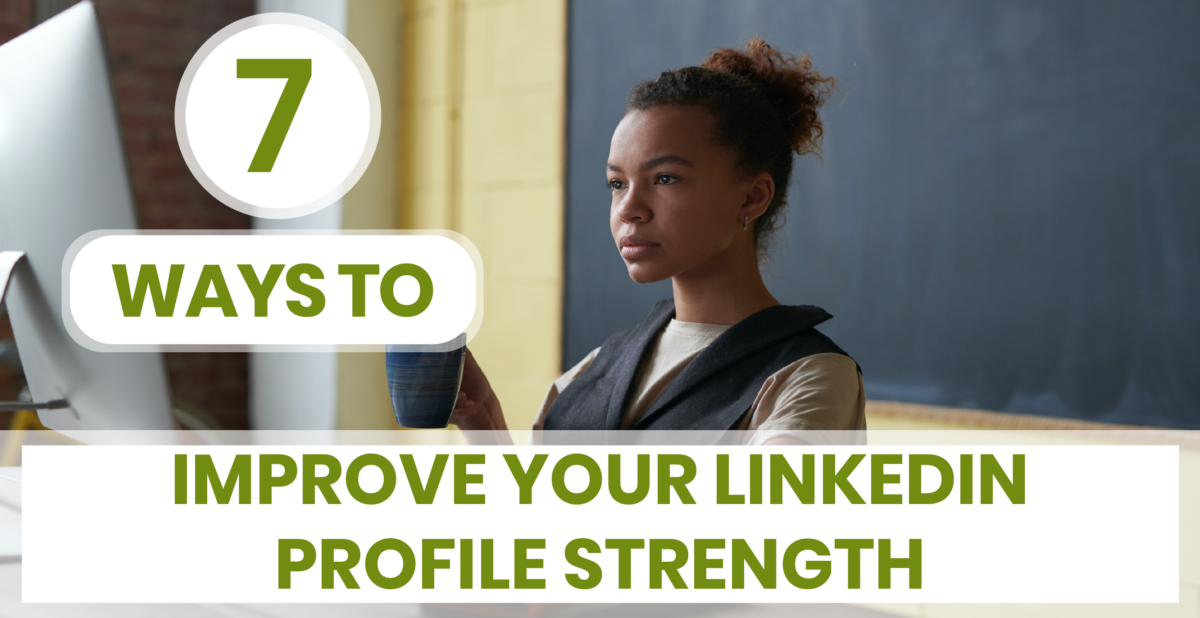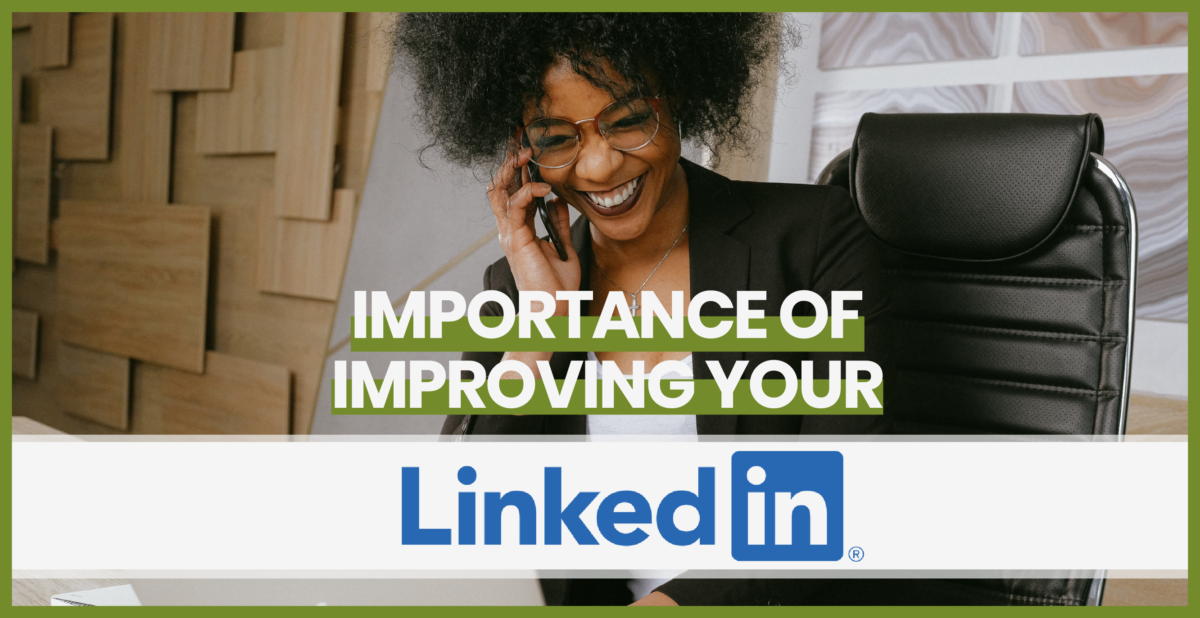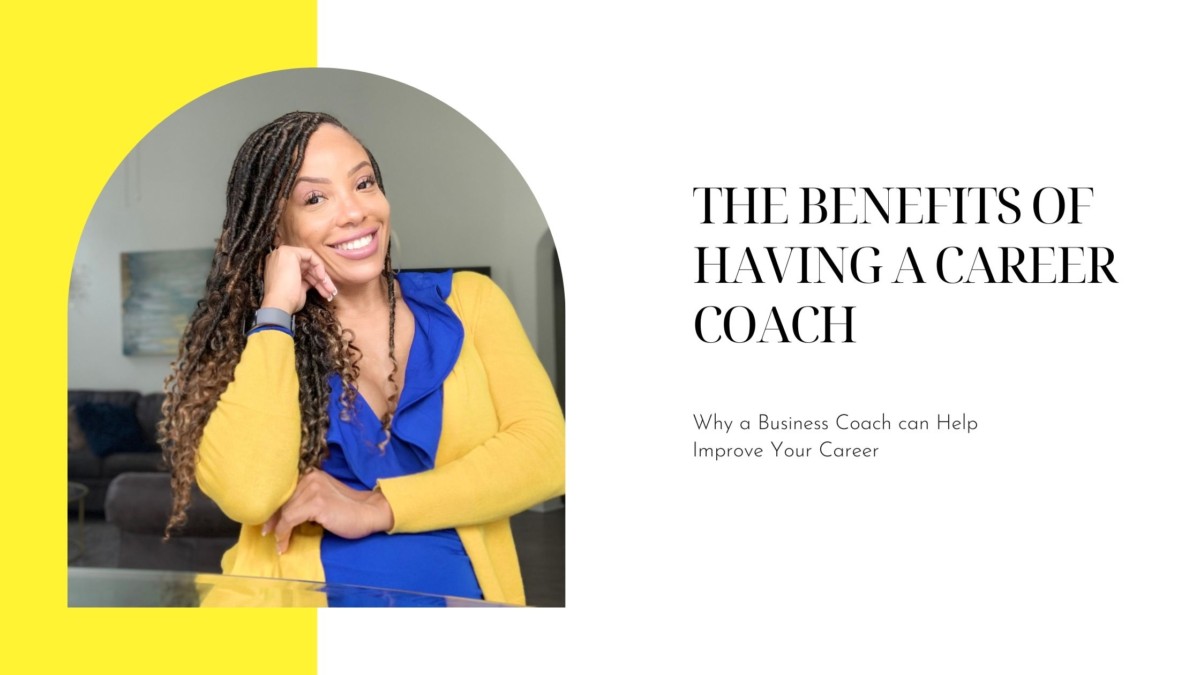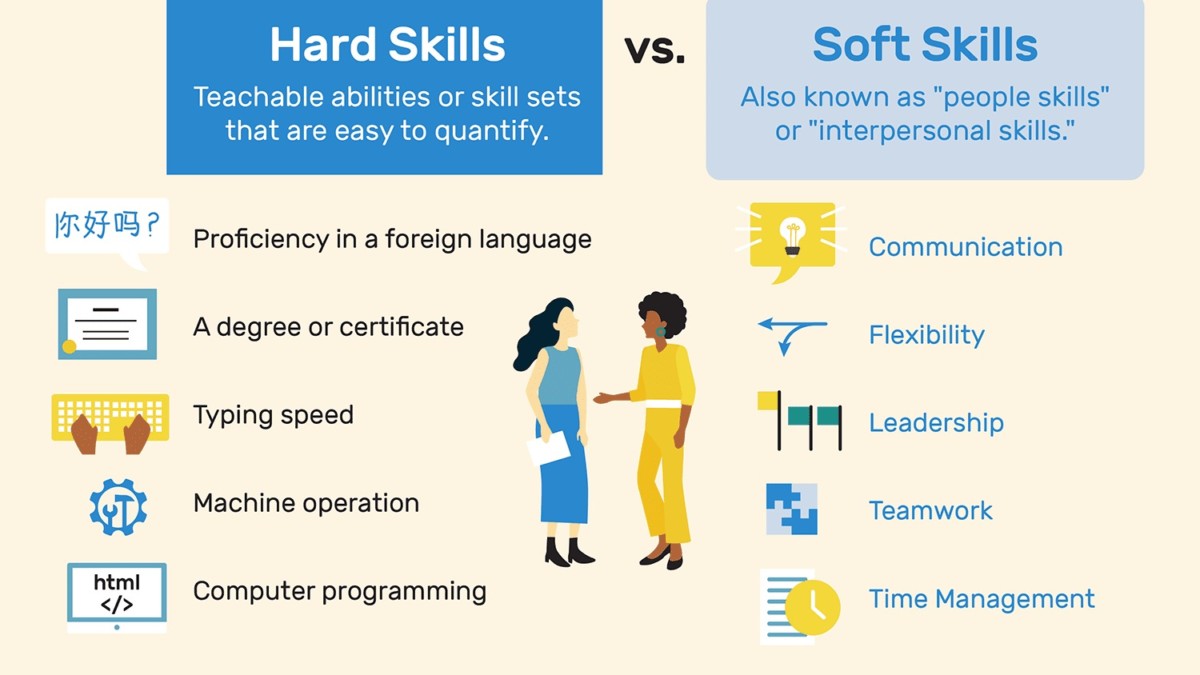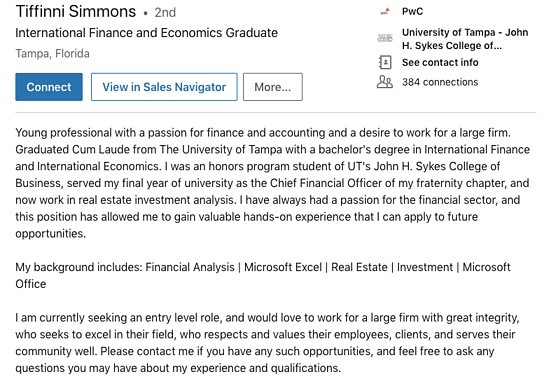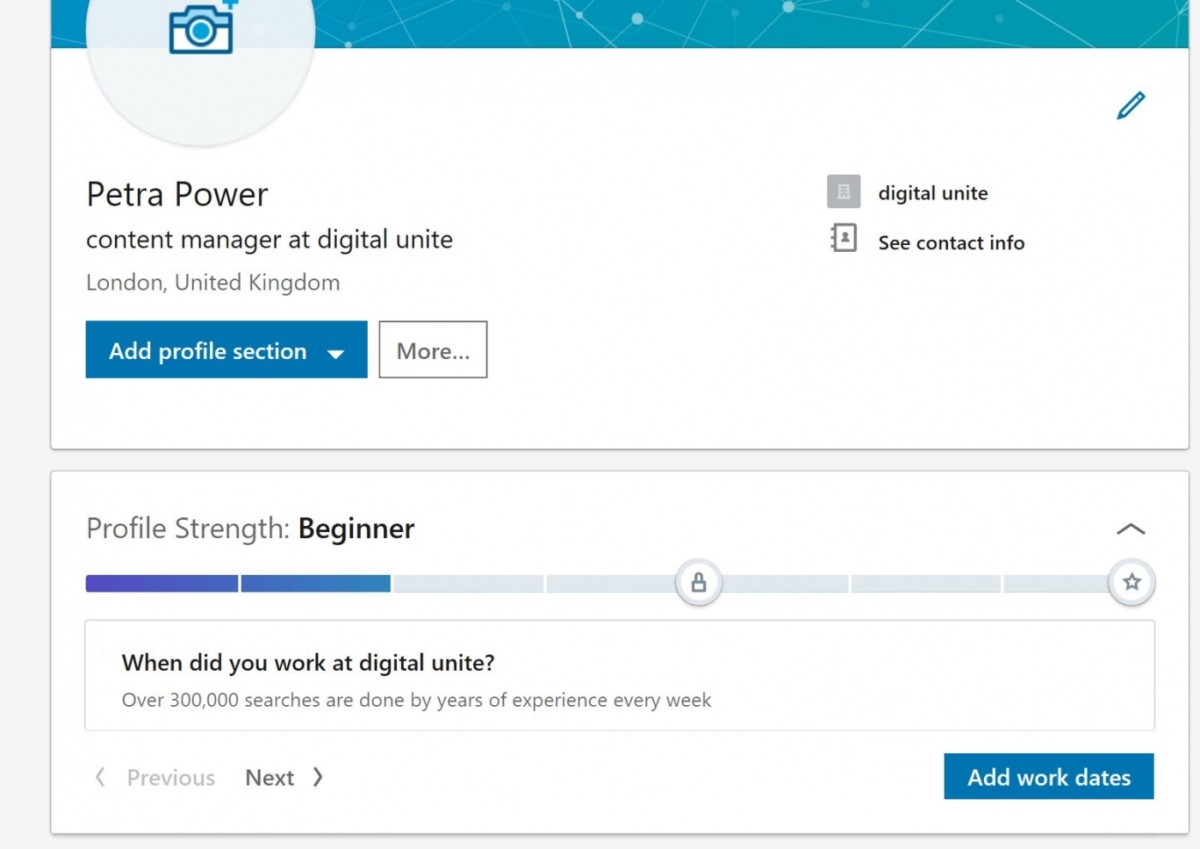How to Improve your LinkedIn Profile Strength
It happens very often that we wonder “What’s the LinkedIn profile strength status after All-Star? What do I have to do to get it? How do I attain the next one?”
Well, I am here to explain it to you, my friend.
I will share a case with you from one of my clients. Erica needed to improve her LinkedIn profile and learn how to expose her current skills, education, and over 15 years of experience in Marketing. She asks me to help her and we worked on her LinkedIn profile. After that, she got focused on her career strategy by getting interviews quickly in the marketing field of her desires. Within the week, she had an interview with a hiring manager!
But What is a LinkedIn’s Profile Strength? This is LinkedIn’s way of showing you how “robust” or POWERFUL your profile is. The more CONTENT you add, the more the STRENGTH of your profile will increase.
LinkedIn has several ways to assess how well you are using some of the features available to maximize the opportunity to be found online via your LinkedIn Profile. One of these features is ranking your profile and how well you have filled in, or optimized, all of the elements of your LinkedIn Profile.
To view the Profile Strength meter:
- Click the Me icon at the top of your LinkedIn homepage (if on the desktop) or the photo of you on the top LH side of your phone screen.
- Select View profile.
- Below your top card information, move your cursor over the meter to see which steps you’ve completed. If you’re an ALL STAR – well done!
Step 1: Upload a professional-looking profile picture and background image
Having a quality profile picture is vital on Linkedin and many users who fail to have one end up being ignored. To make sure your profile picture fits properly, the picture should be square (250 x 250 pixels is the perfect dimension). Cropped pictures, dark pictures, or pictures that are blurry or have a busy background should be avoided. In addition, upload a background photo which is 1400 x 425 pixels. Your background photo should showcase the result of your product or service. For example, if you’re a career coach for men over 40, then show a successful and fulfilled man in his forties in a career environment.
Additional elements to add on a background image could be your business logo and website URL if you have any. The more customized your account is and the more visually attractive it is, the more likely you are to stand out from anyone else and is what makes a good Linkedin profile.
Step 2: Write a compelling headline
Your headline that appears below your name and profile picture should describe your main strengths and include keywords you wish to rank for. In my case we have: Graduate to Executive | Career Source| Expert Interview & Resume Writing | HRIS | HR Talent Development Consultant| Branding|Speaker
Step 3: Complete the summary section
When completing your summary, it should underline who you are and what you specialize in and explain your unique selling proposition in detail. The summary section allows you to write up to 2,000 words so make sure you take full advantage of this space to market yourself. In addition, remember to add a call-to-action inviting people to check your website, get in touch by email or endorse your skills.
Step 4: Describe your current position and add at least 2 past positions
By providing details about your current position and at least 2 past positions, will make your profile 12 times more likely to be found. If you don’t have at least 2 past positions, break down your different responsibilities and roles into separate positions.
Step 5: List your education
When filling the “education” section on Linkedin, if you didn’t go through higher education, you can simply list the courses or seminars you attended and any certificates you may have.
Step 6: List your top 10 skills
In terms of skills, Linkedin allows you to list a total of 50 skills. However, listing just 10 skills is enough as most people are unlikely to read all 50. Once you have listed your 10 most important skills for which you want to be known for, you can re-shuffle them in order of importance.
Step 7: Grow your connections
Finally, make sure you have a minimum of 50 connections if you want your profile strength to be “expert” or “all-star”. Start connecting with people by sending personalized connection requests or emailing your database inviting them to join you on Linkedin. Alternatively, you can promote your Linkedin profile by adding the link on your business cards and in your email signature.
Having a big Linkedin network is also what makes a good Linkedin profile.
Extra Step: Customize your Linkedin profile URL
Just like other social networks, your default Linkedin profile link contains random characters which read: https://www.linkedin.com/in/your-name-769a78246. To customize your Linkedin profile URL, go to “edit profile” and click on the settings tab next to your current URL.
Next, click on the edit tab next to your URL.
Is all this necessary?
Let me tell you that IT IS! Users with complete profiles are 40 times more likely to receive opportunities through LinkedIn than someone with an incomplete profile. This means you will connect with more people and truly experience the benefits of LinkedIn.
Plus, I have found that complete profiles rank higher in LinkedIn’s search results. LinkedIn wants to ensure their search results are accurate and so it makes sense that they promote profiles that are filled out ahead of incomplete profiles.
I hope you’ve enjoyed this blog post on the top 8 ways to improve your Linkedin profile strength! It’s never too late to work on yourself and your future.
Don’t forget to share this with your friends and comment below if you found this useful or what other steps have you done to improve your LinkedIn.
If you want to learn more go and Book a Free Call Here!
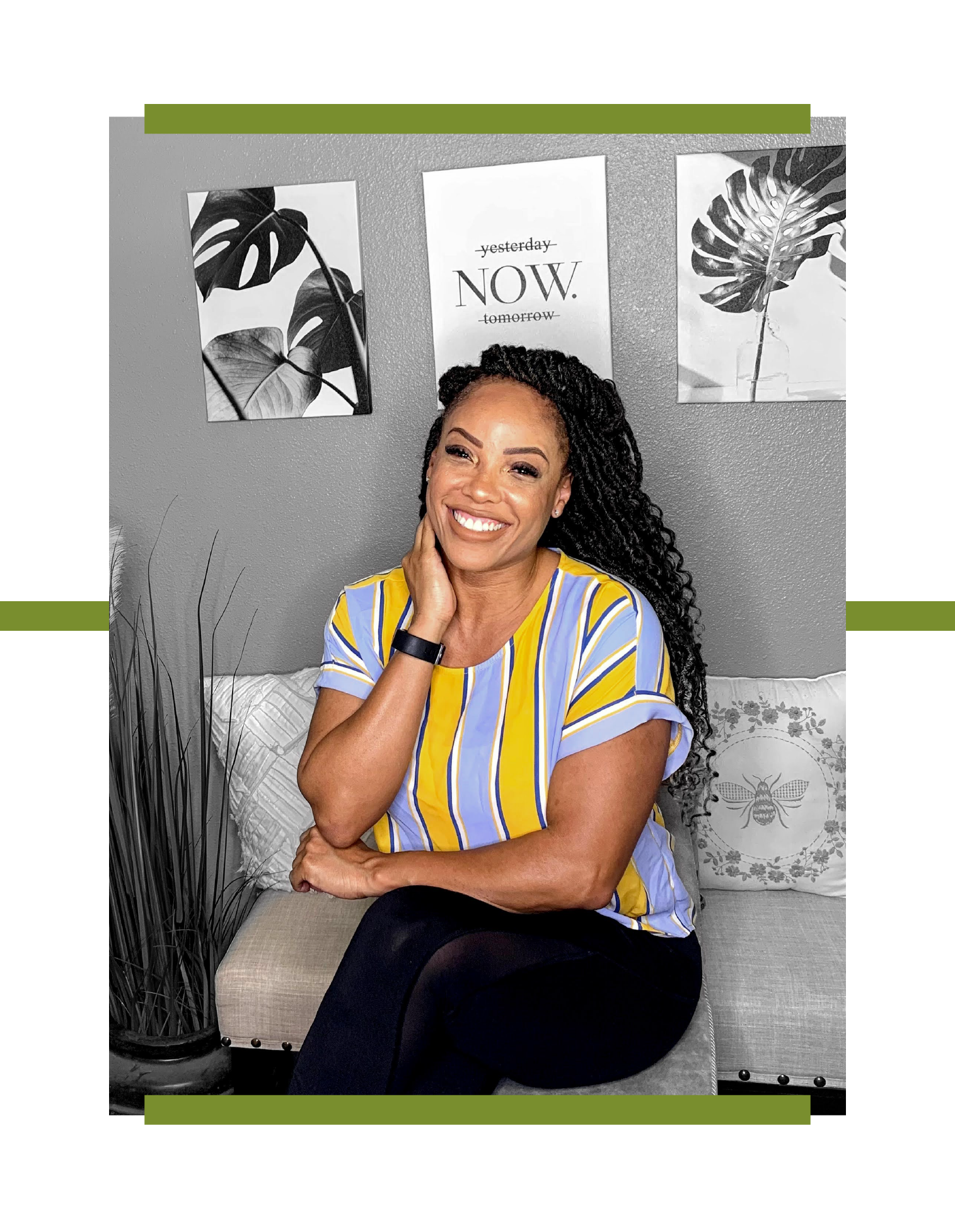
Hi, I am Ruth McCrackin!
Your Career & Success Strategist Coach with well over 11 years of experience working hand in hand with Human Resources and Business Partners in achieving company goals and mission. It is my wish for high achievers to getting their high-end position in attracting their dreams and passion. Avoid the loop holes of missing great opportunities by applying job search strategies, LinkedIn Branding, storytelling, and much more to up level your career and lifestyle. Start Your Transformation Now

